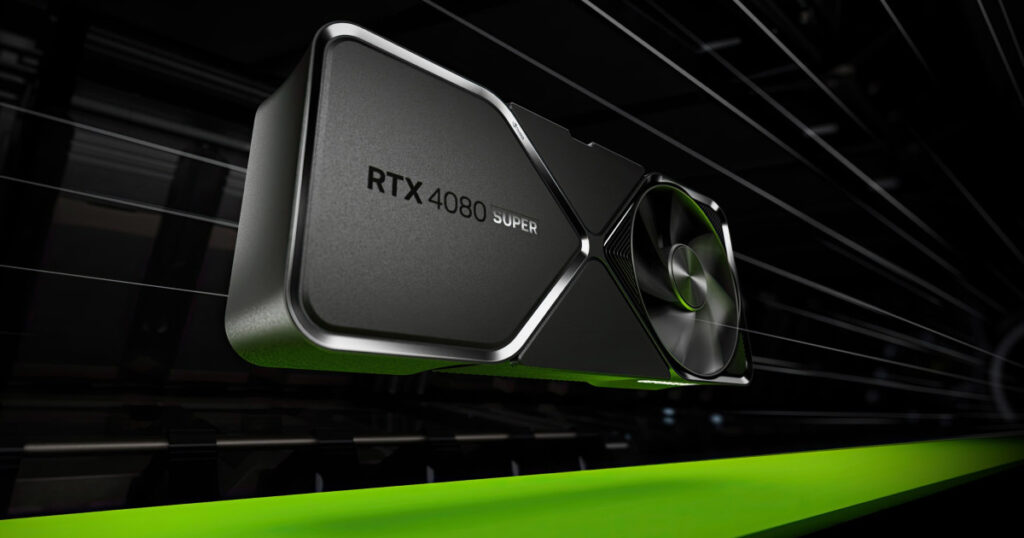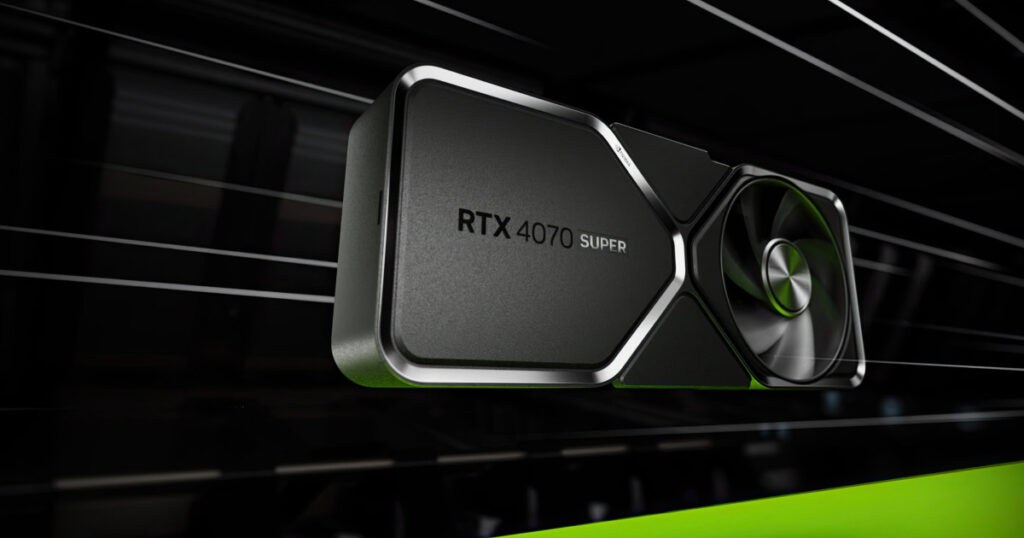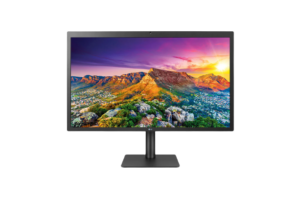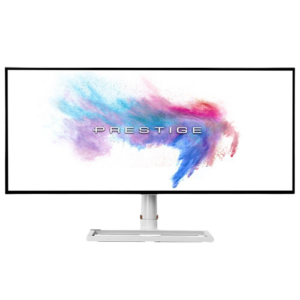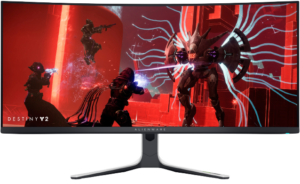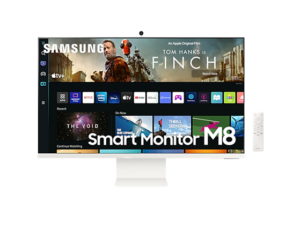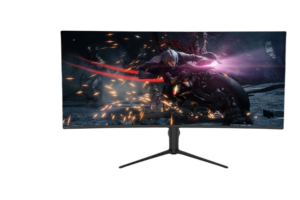To ViewFinity and beyond.
Samsung ViewFinity S9 monitor review: A matte display with 5K
Ever since Apple announced its smarter vision for what desktop monitors could look like, the clock has been ticking for Samsung to offer a true like-for-like alternative. It might be true that the company was probably already headed down that road anyway. However, once the Studio Display made its splashy debut, it was only a matter of time before Samsung had an answer to it.
Enter the ViewFinity S9 5K Smart Monitor. Pixel for pixel, it's billed as a worthy equal to its Apple counterpart and outside of a few iOS-dependent features, the reality mostly lives up to that hype. Even if it comes with a hefty price-tag, it's impressive to behold what Samsung can do when it has to work a little harder than usual.
How much does the Samsung ViewFinity S9 5K Monitor review cost in Australia?

In Australia, the Samsung ViewFinity 5K Smart Monitor starts at $1599. That's not quite as expensive as Apple's vaunted Studio Display, but it's still fairly pricey as far as 27-inch monitors go. That said, you can always save by shopping around.
Check out the table below for a round-up of deals for the Samsung ViewFinity S9 5K Smart Monitor.
Samsung ViewFinity S9 5K Monitor review: Design and features

The Samsung ViewFinity S9 5K Monitor doesn't do much to detract from the high expectations that come with the similarly lofty price tag. This is a pretty expensive monitor and it very much looks the part. In a move that feels right out of Apple's playbook, the sleek but sturdy stand here is made of solid aluminium. As someone who has been using the old Space Monitor for a few years, I found myself missing the flexibility but otherwise delighted with the way that the ViewFinity S9 loomed large over my usual desktop setup.
As with the Studio Display, the 5K resolution here is a key part of the pitch. While it's somewhat common knowledge that more pixels typically equals a sharper picture, the strongest arguments for splurging on a 5K monitor rather than a 4K one are specific to the way that MacOS handles resolutions.
If you pair a more generic 4K 27-inch monitor with one of Apple's MacBooks, you're either going to be stuck downscaling to an effective resolution that's way too small or settling for a native resolution that's way too big. The way that MacOS gets around this is by scaling the resolution to somewhere in between. Thanks to a higher amount of pixels-per-inch, 5K monitors like the Studio Display and the Samsung ViewFinity S9 come out the other end of this process with better-looking results than a 4K equivalent might be able to offer.
If this sounds all a little technical, the good news is most people probably don't need to worry about this level of fidelity. Freaks who want to future-proof aside, the hardware here is built to meet the higher standards of those in the video editing and graphic design world more so than your average user.
Despite this, the more mundane aspects of the Samsung ViewFinity S9 were the things that I found myself fixated on. For instance, the back of the monitor boasts a quarter of Thunderbolt 4 ports. Samsung hasn't bothered to include any more traditional video inputs like HDMI or DisplayPort. Dongle or not, that means you'll need to use one of these to connect your laptop or desktop PC to the monitor.
While I was initially a little irked by this, the upshot is that you end up with a bunch of extra Thunderbolt ports that you can then use with your connected PC or Mac. Even though the placement of these ports on the very back of the Samsung ViewFinity S9 was far from ideal, the extra utility they brought with them was very much welcome.
Like Samsung's more recent Smart Monitors, the ViewFinity S9 5K Monitor also takes a lot of its cues from the company's TVs. The most obvious example of this is that it comes with a remote control. Pressing the home key on this accessory will bring up the same Smart UI interface seen in Samsung's latest TVs. It's a polished alternative to the barebones system menu found in other and older PC monitors, though it sometimes feels like overkill.
Leaning on a tile-based layout, this interface allows for fast and easy access to all the usual streaming services as well as connected content sources. It also integrates with a few other Samsung-specific features like DeX and cloud streaming services via a dedicated gaming hub.
The last piece of the puzzle here is the bundled 4K webcam. Although it is nice that this one magnetically snaps onto the back of the Samsung ViewFinity S9 5K Monitor, I wasn't super impressed with its quality. It's nice to have included for the price, but it's no match for the likes of my usual Logitech StreamCam. Check out the pictures below for a sense of what I mean.






While the Samsung ViewFinity S9 5K Smart Monitor is targeting those tempted by Apple's Studio Display, it's hard to avoid talking about the other monitor in the conversation here: LG's UltraFine 5K IPS monitor. This specific model has been around since 2019 and the years have not been kind to it.
Even if it does deliver the promised benefits of 5K resolution, the more "Apple-like" design, Thunderbolt 4 ports and more robust features give Samsung a clear edge over its South Korean rival in this instance.
Samsung ViewFinity S9 5K Monitor review: Performance

Like most modern desktop monitors, the specs do most of the talking for the Samsung ViewFinity S9 5K Monitor. While the IPS panel here isn't quite OLED, it does tick most of the other boxes that those in the market for a more high-end home office display are going to want to see ticket. There's 100% sRGB coverage, 99% DCI-PC coverage, a 5ms response time, HDR support plus a 60Hz refresh rate.
Then, there's the matte finish. Much like the high-end resolution, this is one element of the Samsung ViewFinity S9 that you get to reap the benefits of pretty much every time you look at the monitor. I barely found glare to be much of an issue and, while your mileage may vary, I found the S9 to be more comfortable to stare at for longer stretches than my usual screen.
That said, there is something to the idea that the hardware can sometimes feel a little overstuffed. If I had a home office setup with a games console connected to it or one where binging Netflix on this thing made sense, I could imagine that having a smart TV interface here might add something to it. However, in the absence of a setup like that, it feels like extra mental clutter to the everyday experience of using this thing. If given the option between keeping these smart TV features or saving $200, I have little doubt I'd take the money and run.
Then, there's the more obvious tradeoffs. If you aren't a creative making full use of the picture quality and colour accuracy inclusions here, you might be paying a lot more than you need to.
On the other end of things, the absence of OLED isn't a deal-breaker for creative professionals. However, it does feel at odds with the reality that high-end OLED displays are becoming cheaper and cheaper all the time. It's not hard to imagine a version of this product that embraced this trend and came away for the better.
For those who like to do the occasional bit of gaming, the Samsung ViewFinity S9 5K Monitor will work just fine but it doesn't have the right parts to truly deliver the kind of modern PC gaming experience that you could be having for less with another brand. The Samsung ViewFinity S9's 60Hz refresh rate feels like a relic of the past compared to the amazingly responsive 240Hz gaming monitors that you can find nowadays for a fraction of the price.
Samsung ViewFinity S9 5K Monitor review: Is it worth the money?

If the verve and ambition of Apple's Studio Display have whet your appetite for a desktop monitor that does more than the essentials, the Samsung ViewFinity S9 5K Monitor is primed to fulfil your expectations. With high-end specs, a bundled webcam and Thunderbolt ports to spare, it's nothing if not ambitious.
That said, it's also pretty expensive. Honestly, the asking price here is steep enough that I'd hesitate to recommend it to those with more modest desires. The form is and resolution are top-notch, but what's here may be overkill if you aren't in dire need of the latter.
Ultimately, the ViewFinity S9 5K Monitor goes so far beyond the brief of being Samsung's answer to the Studio Display that (even if you find it hard to justify) it's hard not to be impressed.
Related Articles
